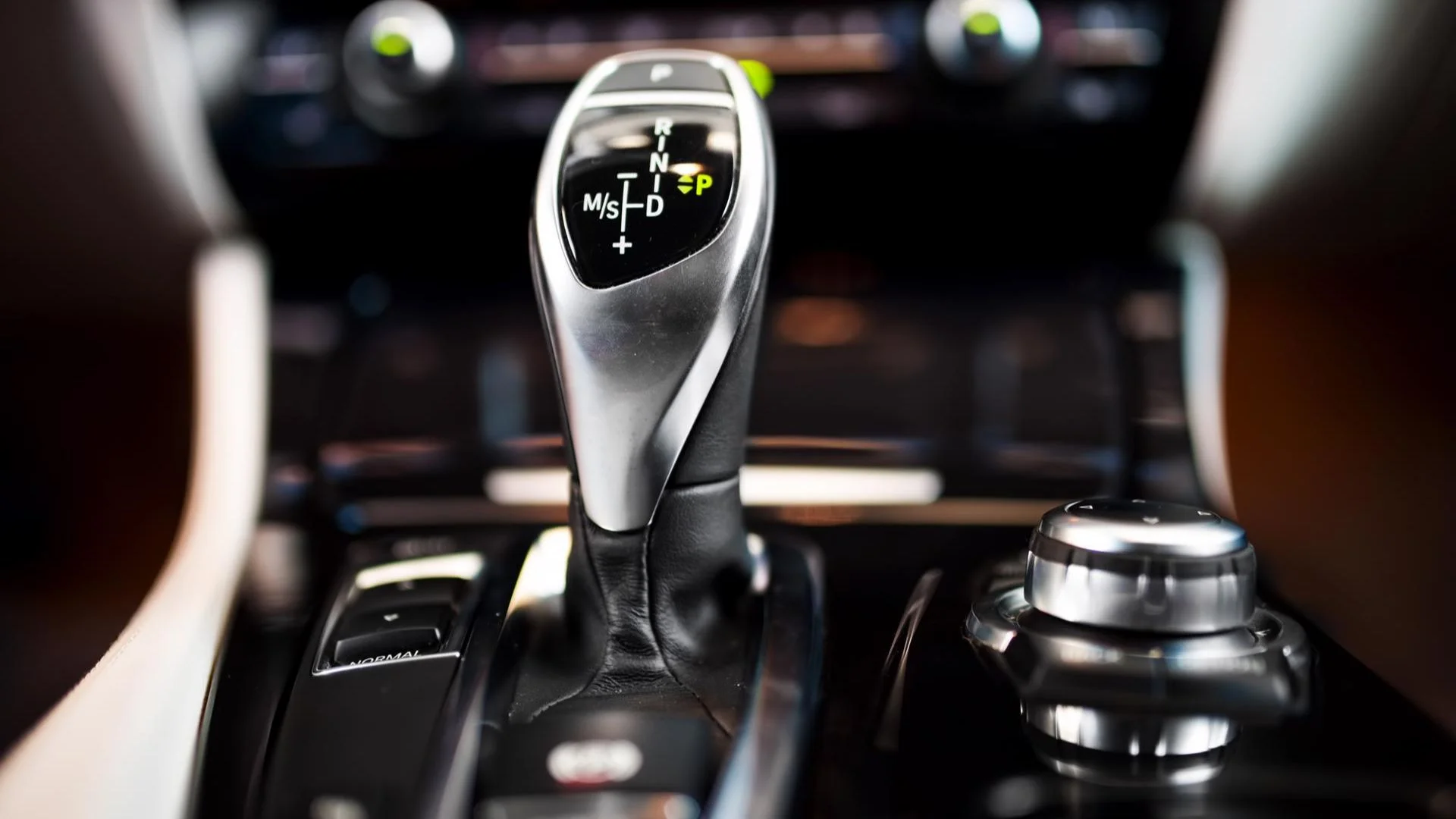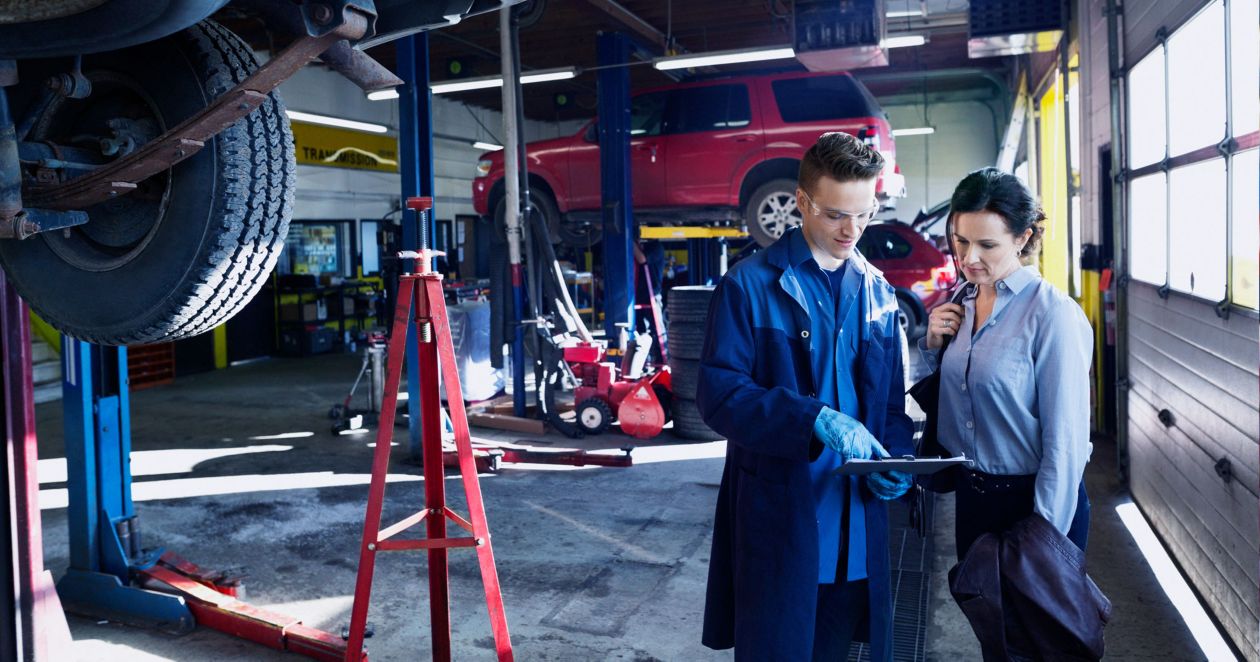Speed sensors are an essential component of most vehicles, as they provide the vehicle’s computer with information about the speed of the vehicle and allow it to adjust accordingly. Without a functioning speed sensor, many parts of a vehicle can become compromised or lead to strange issues. In this article, we will discuss some of the warning signs of a bad speed sensor and how to test that it is functioning correctly.
Symptoms of a Bad Speed Sensor
A bad speed sensor can cause major issues with a vehicle, including stalling and reduced performance. In addition, a faulty speed sensor can result in issues with the transmission, as well as difficulty starting the engine. Many drivers may not realize that their speed sensor is no longer functioning correctly until it’s too late. Fortunately, there are some signs to watch out for and methods of testing the speed sensor.
What It Does: Speed Sensor Function
Speed sensors are an essential part of a car’s performance, providing real-time information about your speed and acceleration. Without a functioning speed sensor, you may experience jerky shifting, reduced fuel efficiency, and other problems. In this article, we’ll discuss the symptoms of a bad speed sensor and how to test it. We’ll also provide tips on how to prevent a faulty speed sensor in the future.
Common Symptoms: Malfunctions to Look Out For
It is important to identify signs of a bad speed sensor as soon as possible, as a faulty speed sensor can lead to various issues with your vehicle. A faulty speed sensor can cause your vehicle to malfunction, leading to a decrease in performance and an increase in fuel consumption. Knowing the symptoms of a bad speed sensor and how to test it can help you diagnose any problems quickly and efficiently.
Diagnosing the Problem: Testing the Sensor
A bad speed sensor can cause a variety of issues in your car, ranging from decreased fuel efficiency to transmission problems. Knowing how to recognize the signs of a faulty speed sensor and how to properly test it can save you time, money, and frustration when diagnosing car troubles. This article will discuss the various symptoms of a bad speed sensor and provide tips on testing the component.
Tools Required: Necessary Equipment
Having car trouble and not sure what the problem is? It may be your speed sensor. If your engine won’t start or stalls, your car’s speedometer isn’t working, or if you have a check engine light on, then it might be time to look at the speed sensor. Knowing the symptoms of a bad speed sensor can help you identify the issue faster and get it resolved before it turns into something bigger.
Replacing the Sensor: Step-by-Step Guide
Having a bad speed sensor in your vehicle can be both a dangerous and frustrating problem. It can cause poor acceleration, jerking of the car, or even cause the engine to shut off while you are driving. In order to determine if the speed sensor is bad, it is important to learn about the symptoms and how to test it. This article will provide an overview of what signs to look out for and how to test your speed sensor at home.
Conclusion: Summary of Tips and Advice
A speed sensor is an important component of a vehicle’s powertrain and its primary purpose is to measure the speed of the transmission output shaft. A bad speed sensor can cause many problems including engine stalling, reduced fuel efficiency, and difficulty shifting gears. Fortunately, there are ways to test for a bad speed sensor so you can identify and address the issue quickly. In this article, we’ll explore the symptoms of a bad speed sensor as well as how to test it properly.








